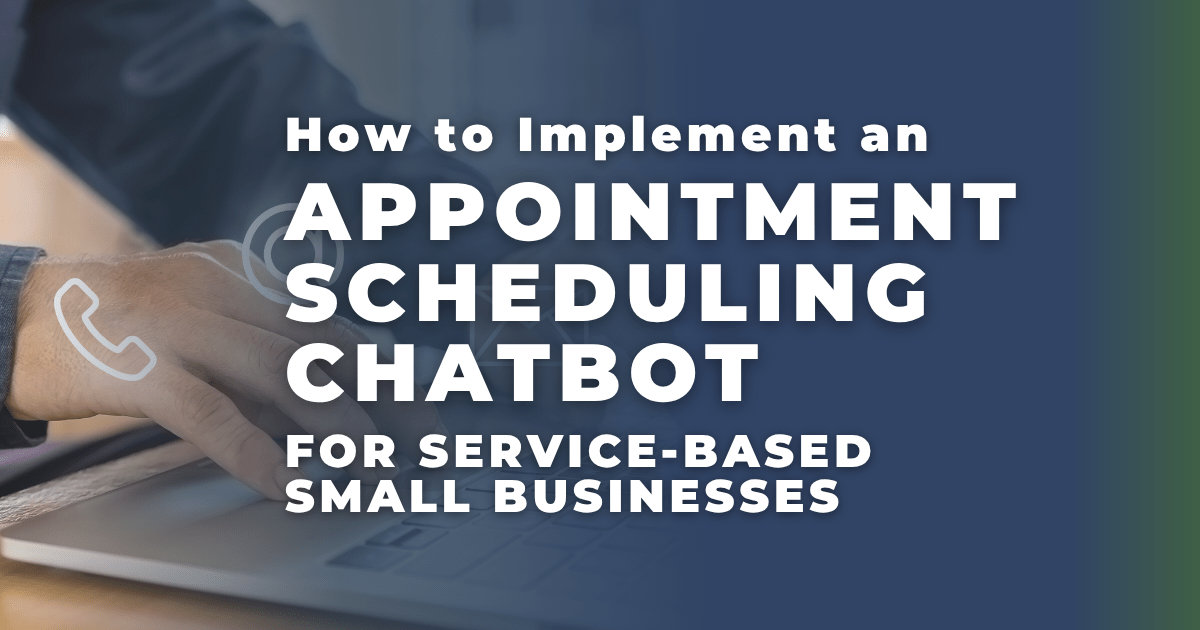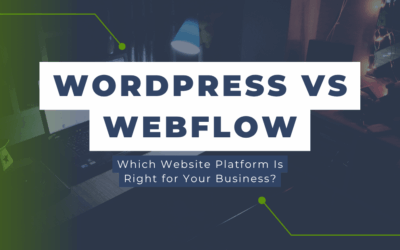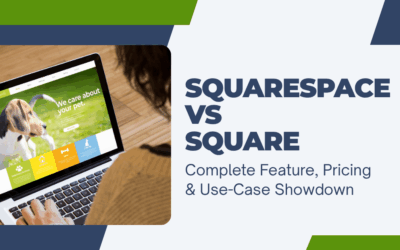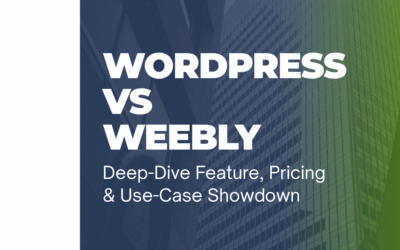Automating appointment scheduling can be transformative for service-based small businesses — reducing no-shows, streamlining operations, and freeing up staff for high-value tasks. Yet, while many articles list tools, few offer a step-by-step implementation blueprint that small business owners with limited tech resources can actually use.
This guide provides a complete roadmap to deploy an appointment scheduling chatbot — including workflow diagrams, plug-and-play flowchart templates, no-show reduction scripts, and ROI calculators. Whether you’re a salon owner, dental practice manager, personal trainer, or consultant, this guide is built for you.
Appointment Scheduling Chatbot Implementation Blueprint for Small Business
Here’s how to deploy an appointment scheduling chatbot from scratch — even with limited tech skills and budget.
Step 1 — Define Your Booking Logic
Before any tools are set up, define your core requirements:
- What services do you offer?
- How long is each appointment?
- Are different staff members assigned to different services?
- What are your operating hours and blackout dates?
Write this down — your bot’s logic depends on it.
Step 2 — Choose the Right Platform
Pick a chatbot builder that integrates with your existing systems. Top choices for service-based businesses include:
- Tidio + Google Calendar — Simple to set up, no coding required.
- ManyChat + Calendly — Ideal for Instagram or Facebook-based booking.
- Chatfuel + Acuity Scheduling — Best for advanced flows and multi-staff setups.
Make sure your tool supports:
- Custom flow logic
- Calendar syncing
- Email/SMS reminders
- Web chat or social messaging support
Step 3 — Build a Basic Booking Flow
Most platforms use drag-and-drop interfaces. Start with this minimum viable flow:
- Greet the user
- Ask what service they want
- Ask preferred date/time
- Display available slots
- Confirm appointment
- Send confirmation & calendar invite
Use buttons instead of free-text when possible — it reduces user error.
Step 4 — Connect Your Calendar
Sync the chatbot with your Google, Outlook, or iCloud calendar. This allows real-time availability checks and prevents double bookings.
If you use a tool like Calendly or Acuity, integrate that directly with the chatbot and let those tools manage the time slot logic.
Step 5 — Add Smart Reminders
Build in automatic reminders at 24 hours, 3 hours, and 1 hour before the appointment. Use both SMS and email for higher effectiveness.
Step 6 — Embed and Deploy
Add the chatbot to your:
- Website (using a widget)
- Facebook Messenger or Instagram DMs
- Google Business Messages (if supported)
- SMS channel (with Twilio or a native SMS provider)
Chatbot Workflow Diagram for Appointment Scheduling
Designing the logic flow is crucial. Below is a breakdown of each decision point and user journey.
Core Workflow Components
- User Entry Point — Chatbot greets user with intent detection or menu selection
- Service Type Selection — User picks from list (e.g., haircut, dental cleaning, consultation)
- Time Selection Logic
- Pulls real-time availability
- Offers only valid time slots
- User Confirmation — Gathers name, email, phone
- Booking Confirmation & Integration
- Confirms with user
- Creates event in calendar
- Sends SMS/email confirmation
- Reminder Workflow — Sends automated follow-ups before the appointment
Decision Points
- If the selected time is unavailable → offer alternatives
- If service requires staff assignment → branch logic to match with available provider
- If appointment is outside working hours → suggest alternative times
Diagram Tip: Use Lucidchart or Whimsical to map this. Color code:
- Green = user input
- Blue = system logic
- Yellow = external API (calendar, reminders)
Chatbot Flowchart Template for Appointment Booking
Here’s a plug-and-play flowchart structure for service-based scheduling bots.
Basic Appointment Flow Template
Start → Greeting → [Select Service]
↓
[Select Date] → [Check Availability]
↓
[Confirm Slot] → [Collect User Info]
↓
[Send Confirmation] → [Trigger Reminder Sequence]
↓
EndAdvanced Branching for Multi-Service Businesses
Start → Greeting → [What service?]
├── Haircut
│ └─ [Select Stylist] → [Pick Time] → [Confirm]
├── Facial
│ └─ [Confirm Skin Type] → [Pick Time] → [Confirm]
└── Consultation
└─ [Pre-screen Questions] → [Pick Time] → [Confirm]Use conditional logic (e.g., “if facial, show pre-screen”) to create a seamless, personalized booking experience.
Tools for Creating Flowcharts:
- Whimsical – Best for quick prototyping
- Draw.io – Free and integrates with Google Drive
- Miro – Ideal for collaborative teams
Chatbot Script to Reduce No-Shows for Service Appointments
No-shows kill revenue. Here’s a chatbot confirmation sequence proven to reduce them by up to 40%.
Confirmation Script (Immediately After Booking)
“✅ Your appointment for a [Service] with [Staff] on [Date/Time] is confirmed!
📅 We’ve added this to your calendar — check your email/SMS for the details.”
24-Hour Reminder Script
“⏰ Just a reminder: You’re booked for a [Service] with [Staff] tomorrow at [Time].
Need to reschedule? Click here → [Reschedule Link]”
3-Hour Reminder Script
“We’re getting everything ready for your [Service]! Please confirm you’re still coming by replying ‘YES’.”
If user replies “YES,” mark as confirmed. If no response, send a follow-up:
1-Hour Final Check-In
“We haven’t heard from you — are you still able to make your appointment at [Time]? If not, please reschedule here: [Link]”
Post-No-Show Message (If Missed)
“We noticed you missed your appointment today. Is everything okay? You can rebook here when you’re ready: [Rebooking Link]”
Implementation Tip: Automate these with conditional triggers in ManyChat, Tidio, or Twilio.
Calculate Savings from Automating Appointment Chatbot
Understanding ROI is key to justifying the investment. Here’s how to calculate savings from automation.
Step 1 — Estimate Time Saved
- Average time to book manually: ~5 minutes per booking
- Average monthly bookings: e.g., 200
- Monthly hours saved: 200 × 5 minutes = 16.6 hours
Multiply by your hourly admin wage (e.g., $20/hour):
$332 saved monthly in admin labor
Step 2 — Estimate No-Show Reduction
- Pre-chatbot no-show rate: 20%
- Post-chatbot no-show rate: 10%
- Revenue per appointment: $100
- Appointments saved/month: 200 × 10% = 20
- Revenue saved: 20 × $100 = $2,000/month
Step 3 — Software Costs
- Bot Platform (e.g., Tidio, ManyChat Pro): ~$40/month
- SMS Reminders via Twilio: ~$10/month
- Total cost: ~$50/month
Step 4 — Calculate ROI
Monthly Benefit: $332 (labor) + $2,000 (recovered revenue) = $2,332
Monthly Cost: ~$50
Net ROI: $2,282/month
Annual ROI: ~$27,384
Final Thoughts
Appointment scheduling chatbots are not just a tech gimmick — they’re powerful automation tools that drive efficiency, boost revenue, and enhance customer experience when implemented correctly. For service-based small businesses, the real value lies in creating a system — not just installing a widget.
Use the blueprints, templates, and scripts above to launch your chatbot with confidence. The automation revolution is not reserved for big businesses — and with the right setup, it can start saving you thousands this month.
